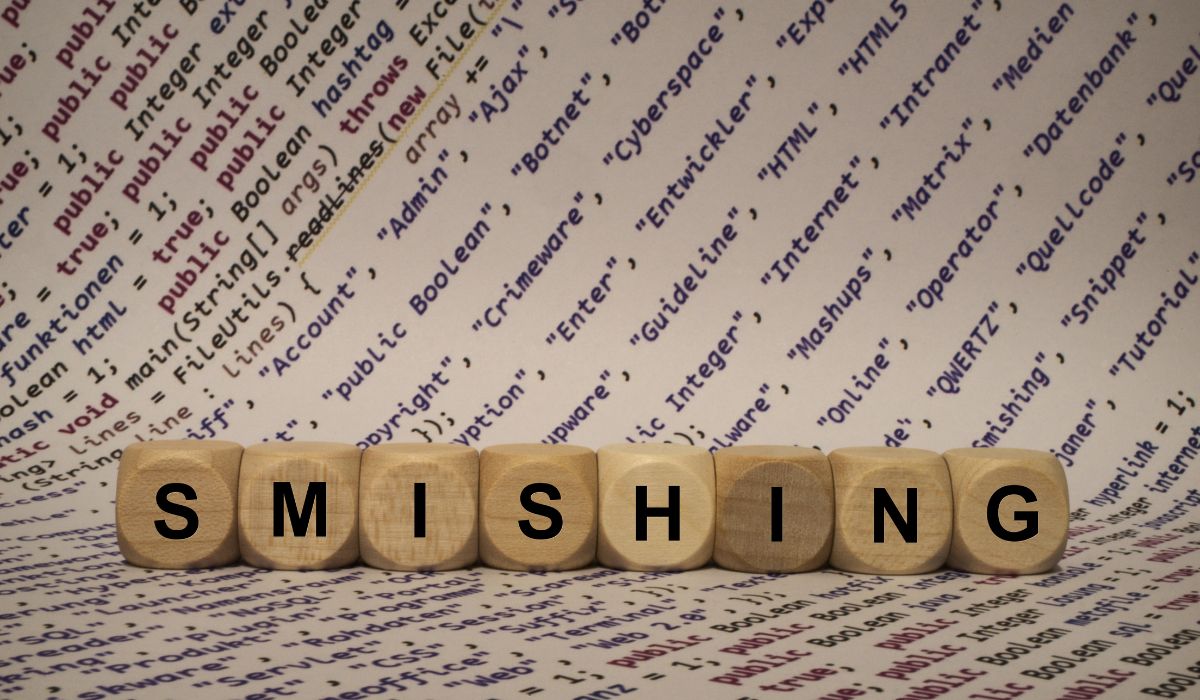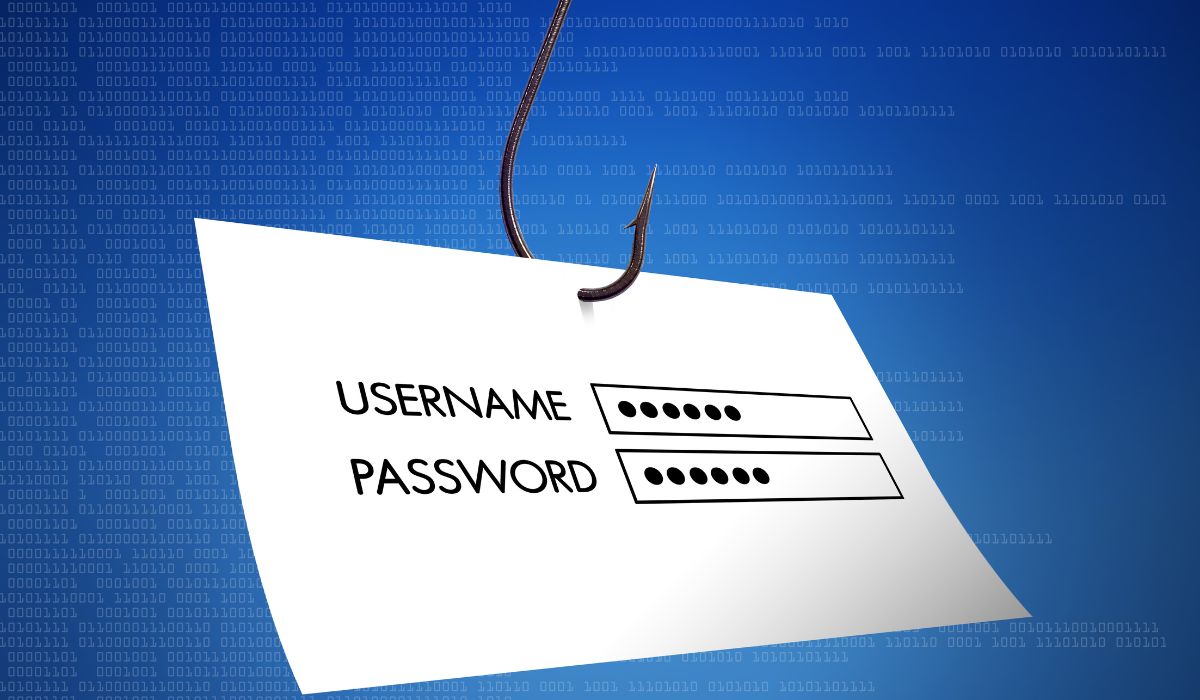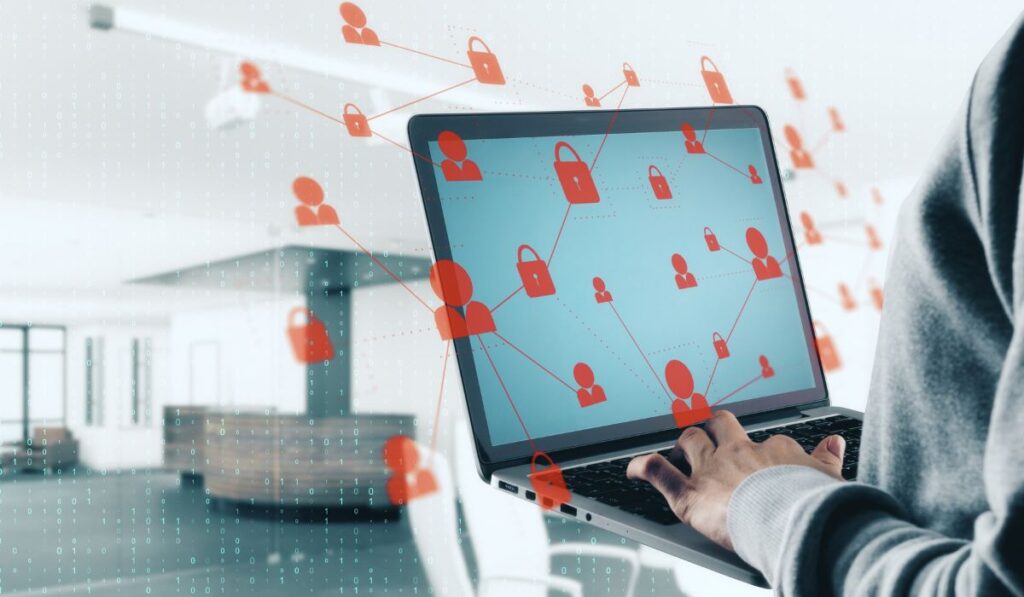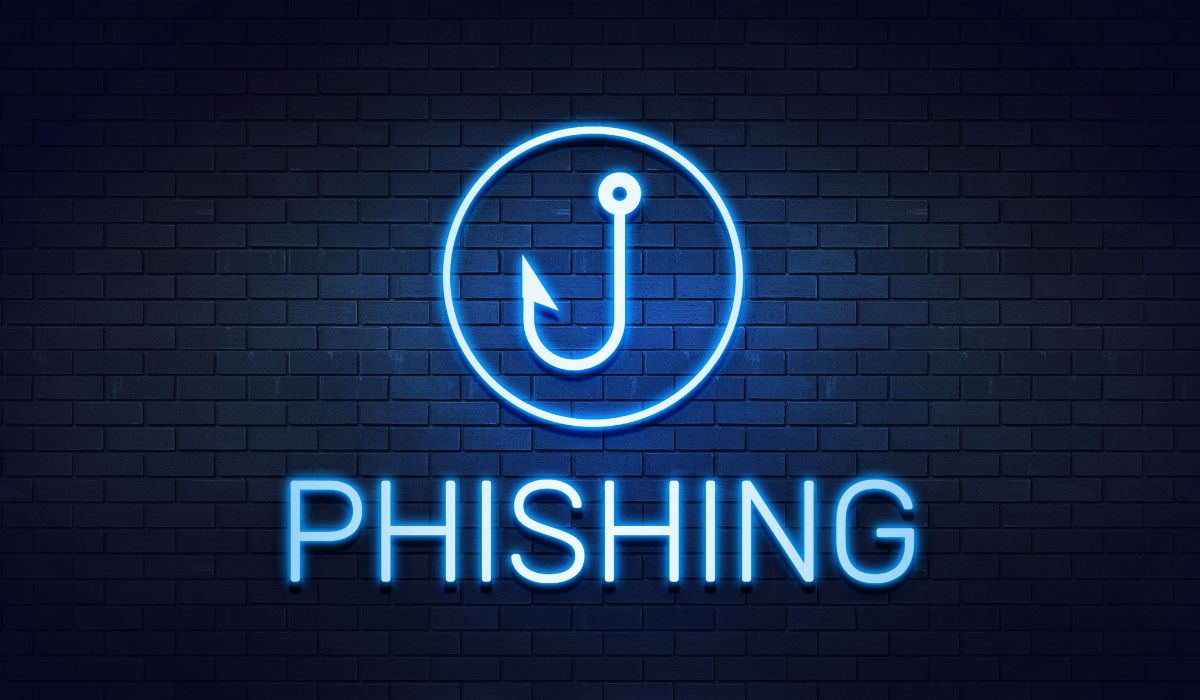Defending Against Smishing Attacks: Prevention, Strategies, and Pillar Support’s Expertise
In today’s digital age, cyber threats come in various forms, and one such threat is smishing. Smishing, a combination of the words “SMS” and “phishing,” refers to fraudulent text messages designed to deceive individuals and trick them into divulging personal information or taking malicious actions. This article aims to shed light on the topic of smishing, providing valuable insights into its nature, methods, and preventive measures.
Throughout this article, we will explore the different aspects of smishing attacks, including the techniques employed by cybercriminals, the consequences of falling victim to such attacks, and effective strategies to protect oneself against them. By understanding the tactics used by smishers and adopting proactive security measures, individuals and organizations can safeguard themselves against this pervasive and evolving cyber threat.
Join us as we delve into the world of smishing and equip ourselves with the knowledge and tools necessary to stay one step ahead of cybercriminals.
Table of Contents
What is Smishing?
Smishing, a portmanteau of “SMS” (Short Message Service) and “phishing,” is a form of cyber attack that leverages text messages to deceive and manipulate individuals. Similar to phishing, smishing aims to trick recipients into divulging sensitive information or performing certain actions, but it does so through text-based communication.
Attackers employ various tactics to carry out smishing attacks. They often impersonate trusted entities, such as banks, government agencies, or well-known organizations, and send text messages that appear legitimate. These messages typically contain urgent or enticing requests, aiming to create a sense of urgency or curiosity in the recipient.
The danger of smishing lies in its ability to bypass traditional security measures. Unlike email-based phishing attacks that can be filtered and scanned by IT departments, smishing falls outside the realm of such protections. Additionally, the limited character space in text messages makes it easier for attackers to craft convincing and concise messages that appear genuine.
Once recipients are deceived into responding to a smishing message, they may be directed to malicious websites, prompted to provide personal information, or encouraged to download malicious content onto their devices. This can lead to identity theft, financial loss, or unauthorized access to sensitive data.
As smishing attacks continue to evolve and become more sophisticated, it is essential for individuals and organizations to be aware of the risks and take proactive measures to protect themselves. In the following sections, we will explore strategies to recognize and defend against smishing attacks, empowering you to stay safe in an increasingly connected world.
Common Smishing Scenarios
Smishing attacks can take on various forms, each designed to deceive and exploit individuals through text messages. Here are some common smishing scenarios to be aware of:
Fake Financial Alerts and Fraudulent Banking Messages
Attackers may send text messages pretending to be from financial institutions, warning recipients about suspicious account activity or urging them to update their account information. These messages often contain links that lead to fake websites designed to steal personal and financial details.
Prize Scams and Fake Lottery Winnings
Smishers may send text messages claiming that the recipient has won a prize or lottery. These messages create a sense of excitement and urgency, urging the recipient to respond quickly to claim their winnings. However, in reality, it is a ploy to trick individuals into sharing sensitive information or sending money as a “processing fee.”
Phishing Attempts Disguised as Urgent or Important Messages
Attackers may send text messages posing as reputable organizations, such as government agencies or service providers. These messages may claim that the recipient’s account has been compromised, their payment is overdue, or they need to verify personal information urgently. By creating a sense of urgency, smishers attempt to manipulate individuals into disclosing sensitive data.
Malicious Links and Malware Distribution Through Text Messages
Smishing attacks can involve sending text messages containing malicious links or attachments. Clicking on these links or downloading the attachments may lead to the installation of malware on the recipient’s device. This can result in unauthorized access, data theft, or compromise of the device’s security.
It is important to remain vigilant and cautious when receiving text messages, especially from unknown or suspicious sources. Be skeptical of unexpected messages, avoid clicking on unfamiliar links, and never provide personal or financial information without verifying the authenticity of the sender. In the next sections, we will discuss preventive measures and best practices to protect yourself against smishing attacks.
Signs of a Smishing Attempt
To identify a potential smishing attempt, it is important to be aware of the following signs:
- Unexpected Messages from Unknown or Suspicious Numbers: If you receive a text message from an unfamiliar or suspicious number, particularly if you were not expecting any communication from them, it could be a sign of a smishing attempt. Exercise caution when dealing with such messages.
- Urgent Requests for Personal Information or Financial Details: Smishing messages often create a sense of urgency, pressuring recipients to provide personal or financial information immediately. Be skeptical of text messages that request sensitive data such as passwords, social security numbers, or banking details. Legitimate organizations typically do not ask for this information via text message.
- Poor Grammar, Spelling Errors, or Unusual Language in the Messages: Many smishing messages contain grammatical errors, spelling mistakes, or use unusual language. These errors can indicate an illegitimate message. Legitimate organizations typically maintain a high standard of communication and do not exhibit such language inconsistencies.
- Unusual or Mismatched Sender Information: Pay attention to the sender information displayed in the text message. Smishing attempts may use fake or misleading sender details, attempting to mimic reputable organizations or individuals. Check for inconsistencies in the sender’s name, email address, or phone number, which may indicate a fraudulent message.
It is important to note that these signs are not definitive proof of a smishing attempt, but they should raise suspicion and prompt further investigation. If you encounter any of these signs, it is advisable to delete the message and not engage with it. If you are uncertain about the authenticity of a message, contact the organization or individual through trusted channels to verify its legitimacy.
By staying vigilant and being mindful of these signs, you can protect yourself against smishing attacks and minimize the risk of falling victim to fraudulent schemes.
Protecting Against Smishing Attacks
To safeguard yourself against smishing attacks, it is important to adopt proactive measures and follow best practices. Here are some key steps to protect yourself:
Be Cautious of Unsolicited Text Messages and Unknown Senders
Exercise caution when receiving text messages from unfamiliar or unexpected sources. If you receive a message claiming to be from a bank, service provider, or organization, but you are unsure of its legitimacy, do not respond or provide any personal information.
Avoid Clicking on Links or Calling Numbers Provided in Suspicious Messages
Be wary of text messages that contain links or phone numbers. Avoid clicking on these links or calling the provided numbers, as they may lead to malicious websites or fraudulent call centers seeking to extract sensitive information.
Verify the Authenticity of Messages Through Official Sources or Known Contacts
If you receive a text message claiming to be from a legitimate organization or individual, independently verify its authenticity. Contact the organization or person through official channels, such as their official website or known contact information, to confirm the validity of the message.
Configure Spam Filters and Block Unknown Numbers on Mobile Devices
Take advantage of built-in spam filters and blocking features available on mobile devices. These features can help filter out unsolicited and suspicious text messages, reducing the chances of falling victim to smishing attacks.
Additionally, it is crucial to stay informed about the latest smishing techniques and trends. Regularly update your knowledge of smishing attack patterns, so you can recognize and report suspicious messages effectively.
By remaining vigilant, adopting these protective measures, and promoting awareness among family, friends, and colleagues, you can significantly reduce the risk of falling victim to smishing attacks. Remember, being cautious and verifying the authenticity of messages are essential steps to protect your personal information and maintain your online security.
Best Practices for Smishing Prevention

To strengthen your defenses against smishing attacks, consider implementing the following best practices:
Educating and Raising Awareness Among Users about Smishing Risks
Promote awareness among family, friends, and colleagues about the dangers of smishing attacks. Educate them about common smishing techniques, signs of smishing attempts, and preventive measures to follow.
Implementing Security Measures like Two-Factor Authentication (2FA)
Enable two-factor authentication (2FA) whenever possible, especially for accounts that contain sensitive information. 2FA adds an extra layer of security by requiring users to provide an additional verification factor, such as a unique code sent to their mobile device, along with their password.
Keeping Mobile Devices and Apps Updated with the Latest Security Patches
Regularly update your mobile device’s operating system, apps, and security patches. Updates often include important security fixes that address vulnerabilities and protect against emerging threats.
Using Reputable Mobile Security Apps for Additional Protection
Consider installing reputable mobile security apps that offer features like anti-malware scanning, phishing detection, and safe browsing. These apps can help identify and block potential smishing attempts, providing an added layer of defense.
Exercising Caution When Sharing Personal Information
Be cautious about sharing personal or financial information through text messages. Legitimate organizations usually do not request sensitive data via text. Verify the legitimacy of any requests through trusted channels before providing any information.
Reporting Suspicious Messages to Relevant Authorities
If you receive a smishing message, report it to your mobile service provider and the appropriate authorities. This helps in raising awareness and potentially taking down the fraudulent sources behind the smishing attempts.
By following these best practices, you can significantly reduce the risk of falling victim to smishing attacks and protect your personal information and online security. Remember, staying informed, exercising caution, and maintaining up-to-date security measures are essential in the ongoing battle against smishing.
Pillar Support: Strengthening Defenses Against Smishing
At Pillar Support, we are dedicated to helping individuals and organizations strengthen their defenses against smishing attacks and enhance mobile device security. With our expertise in smishing prevention and security, we provide customized solutions tailored to your specific needs.
Our comprehensive approach focuses on proactive measures to protect your mobile devices from smishing attacks. We offer a range of services and solutions designed to enhance your mobile device security and keep you safe from fraudulent schemes. Whether you are an individual seeking to safeguard your personal information or a business looking to protect your employees and sensitive data, we have the expertise and resources to assist you.
Our team of experts is well-versed in the latest smishing techniques and trends, allowing us to stay ahead of cybercriminals and their evolving tactics. We work closely with our clients to assess their unique security requirements and develop strategies to mitigate smishing risks effectively.
In addition to our technical solutions, we offer fraud awareness training to educate individuals and organizations about the dangers of smishing. Our training programs raise awareness about smishing risks, teach best practices for prevention, and empower users to identify and report smishing attempts.
With Pillar Support as your trusted partner, you can strengthen your defenses against smishing, protect your mobile devices and sensitive information, and navigate the digital landscape with confidence. Visit our website to learn more about our services and how we can assist you in preventing smishing attacks.
Stay one step ahead of cyber threats with Pillar Support and experience a safer and more secure mobile environment.
Frequently Asked Questions
What Is Smishing vs Phishing?
Smishing refers to phishing attacks that are conducted through SMS/text messages, while phishing encompasses a broader range of attacks that can occur through various communication channels, such as email or phone calls.
What Is an Example of Smishing?
An example of smishing could be a text message claiming to be from a bank, requesting the recipient to click on a link and provide their banking credentials or personal information. The message may create a sense of urgency or offer a false prize to entice the recipient into taking immediate action.
What Are Smishing Signs?
Signs of a smishing attempt include receiving unsolicited text messages from unknown or suspicious numbers, urgent requests for personal or financial information, poor grammar or spelling errors in the message, and unusual sender information. These signs should raise suspicion and caution.
What Does a Smishing Text Look Like?
A smishing text may resemble a legitimate message from a reputable organization or individual. It may contain a sense of urgency, alarming statements, or offers that seem too good to be true. However, it often exhibits signs of poor grammar, spelling errors, or unusual language usage that can indicate a fraudulent attempt.






